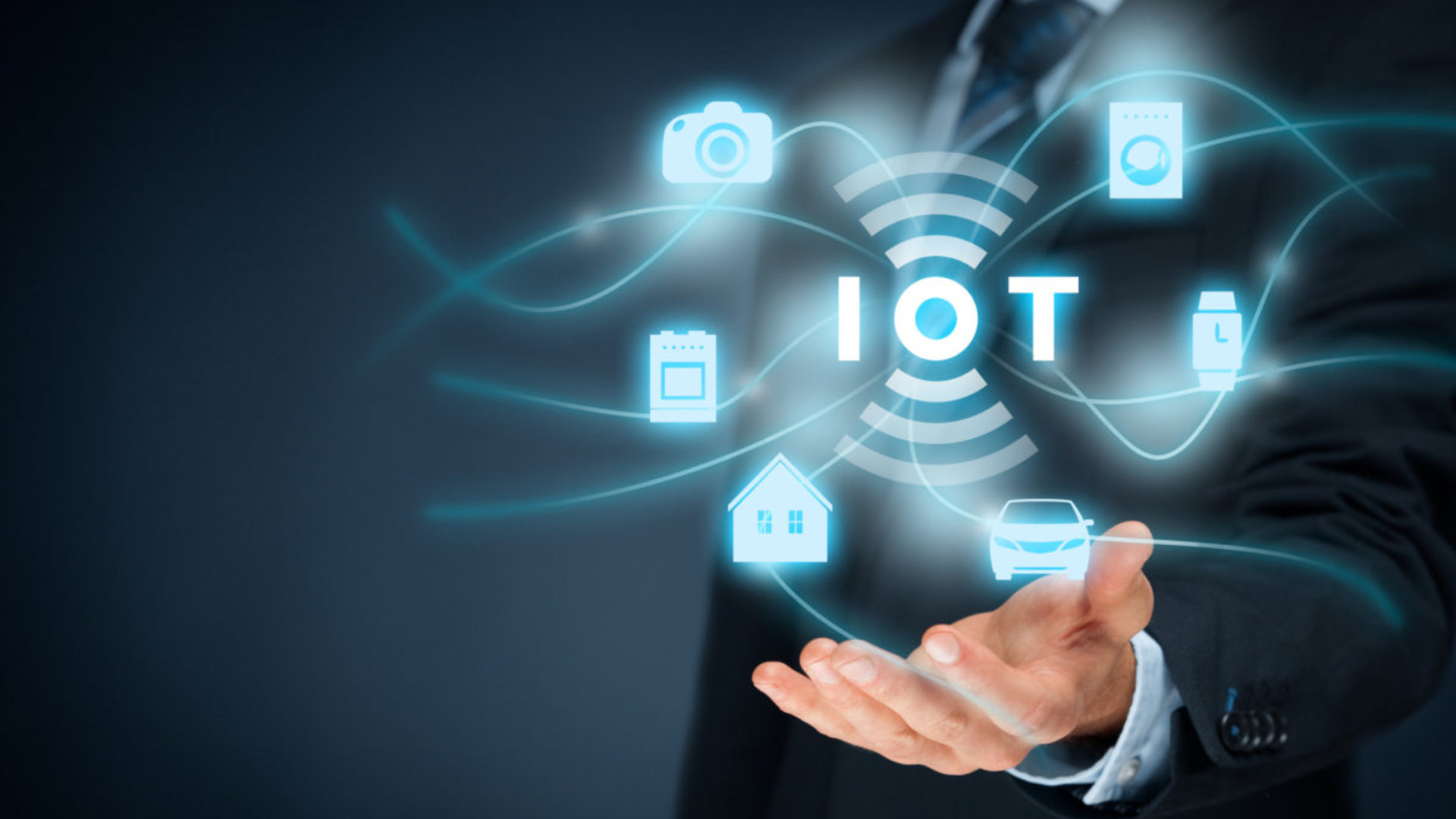
Only essential businesses have been allowed to operate during the outbreak of COVID-19. This leaves a major portion of retail stores feeling the burden of lost revenue while needing to maintain inventory for their eventual re-opening.
According to the Bureau of Labor and Statistics, retail and health services suffered some of the biggest losses between March – May of 2020. So how can these types of businesses recover from such devastating losses after months of being shut down?
What if you could create a list of items before you walk into a store and be instantly directed to each item as soon as you enter?
You wouldn’t have to worry about locating desired items or sit there in angst as employees check in storage for your item that isn’t on the shelf.
And I’m sure you hate waiting in mile-long lines to checkout with your 2-3 items like I do. Not only do we now dread the close quartered lines, but we also dread the hand-to-hand encounter with the cashier at checkout mid-COVID-19.
But what if I told you that this can all be avoided, and should already be, with the adoption of IoT devices?

Guided Navigation
You walk into a store and your phone pings. Your phone has already checked the availability of your item in store before you walked in and mapped the most optimal route (if you are looking to buy multiple items).
You are directed to the aisle and shelf where your desired item is located, and then taken to the next, if any. You are thrilled with the ease and comfort of your shopping trip.

Supply Chain Innovation
IoT devices can be used on communicate to shelf sensors (weight/RFID sensors) and identify which items need to be restocked. This minimizes the staff from being called to check inventory, which can be an unnecessary waste of company resources.
Smart sensors can also monitor the amount in stock for an item and notify IoT devices to place an order for more. This avoids running out of stock as well as minimizes the employee payroll, which can boost revenue while decreasing the cost of operations.
Unnecessary orders are also removed from the equation since the exact inventory is known. Over time, the rate of sale of each item can be predicted, thus fully automating and optimizing purchasing.
With IoT, items can be continually tracked along each phase from creation, throughout delivery, and up to the point of sale.

People Counter
RFID sensors are placed at each entrance to detect when every customer walk through the doors.
Each customer must become a registered member of the store and have downloaded their app. Everyone is now instantly recognized upon entering.
Now the store’s system is aware of exactly how many people are in the store at all times during operation.
This will allow the company to filter traffic and ensure that the local social distancing requirements are met.
Phones with location services enabled will also be accurately tracked along their journey through the store. People can view these moving dots in the company’s app to avoid high traffic areas if desired.
So if the athletic department is busy then you can avoid that area and go look at some new shades. 😎
The store’s IoT system is instantly aware upon exit and you are removed from the store capacity list.

Automated Checkout
IoT has been introduced by companies like Amazon with automated “walk-out” checkout.
The same sensors that scanned you as you walked in the store can also serve as a checkout service.
Store items can be tagged and read as customers leave the store. The scanned items can then be deducted from the customer’s mobile payment app.
Theft is one problem that comes to mind with self checkout. Theft.

However, if each item is attached with an efficient RFID tag then the item can be tracked after leaving the store. And each paying customer can pass their items over a touch-less RFID remover.
In a Nutshell
It seems that we are entering an age where IoT is becoming the logical choice for companies. This article detailed many ways companies can minimize cost and remove unnecessary expenses with IoT devices.
As people are now hesitant to re-enter the public arena following the COVID-19 pandemic, IoT solutions appear to be more plausible than ever now. We are already capable of going contact-free and socially distant with modern technology.
So why not adopt IoT devices for the retail and service industry? Companies benefit, consumers benefit, it is a win-win situation.

